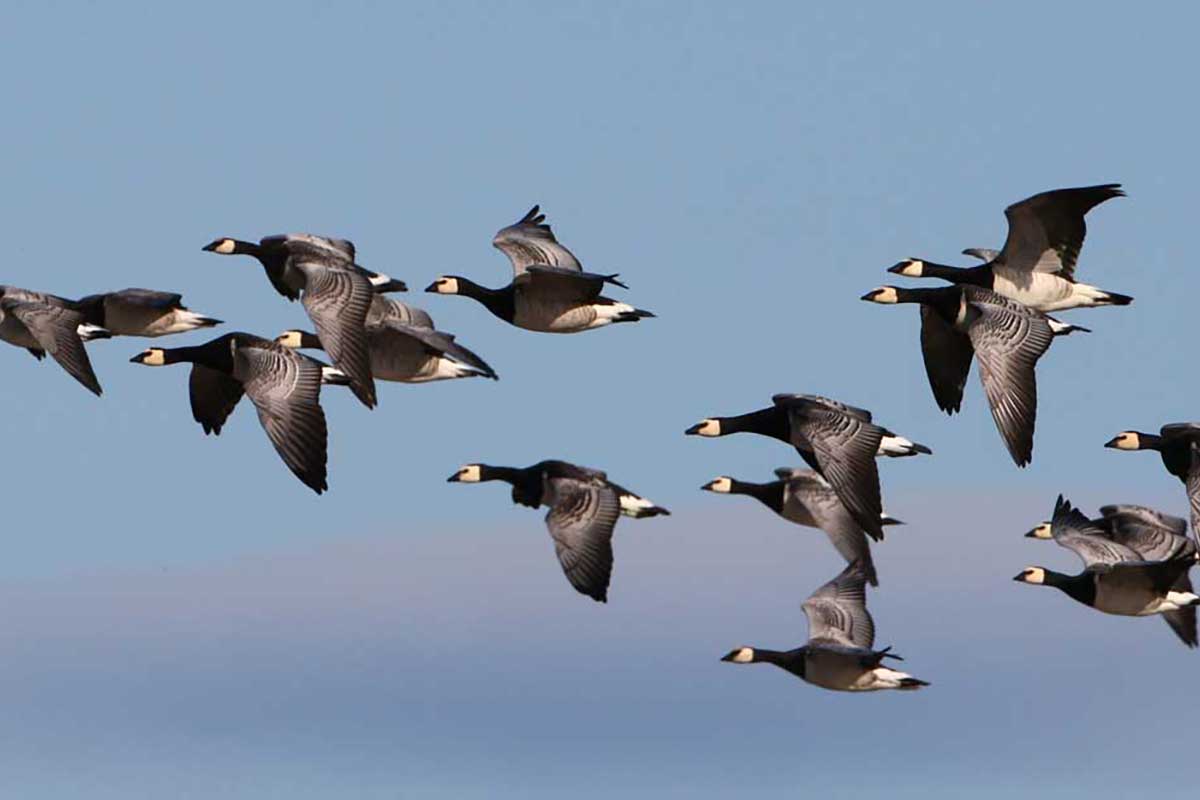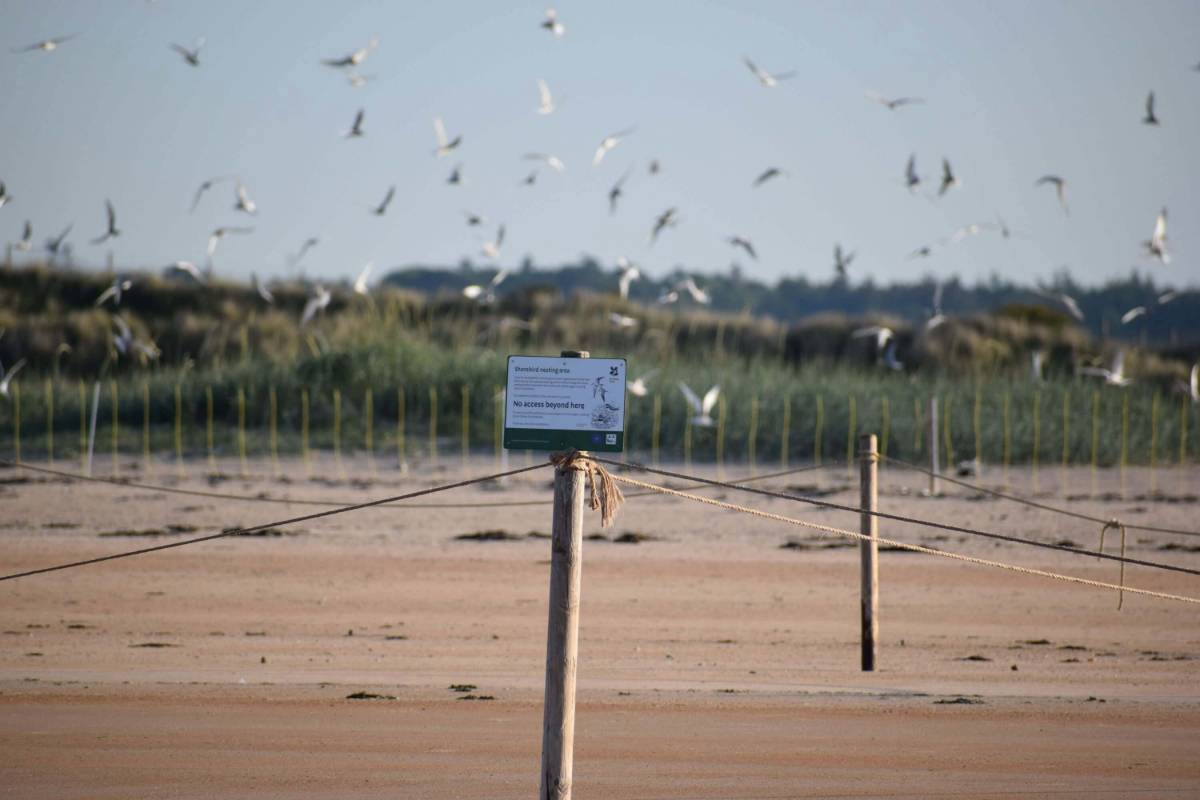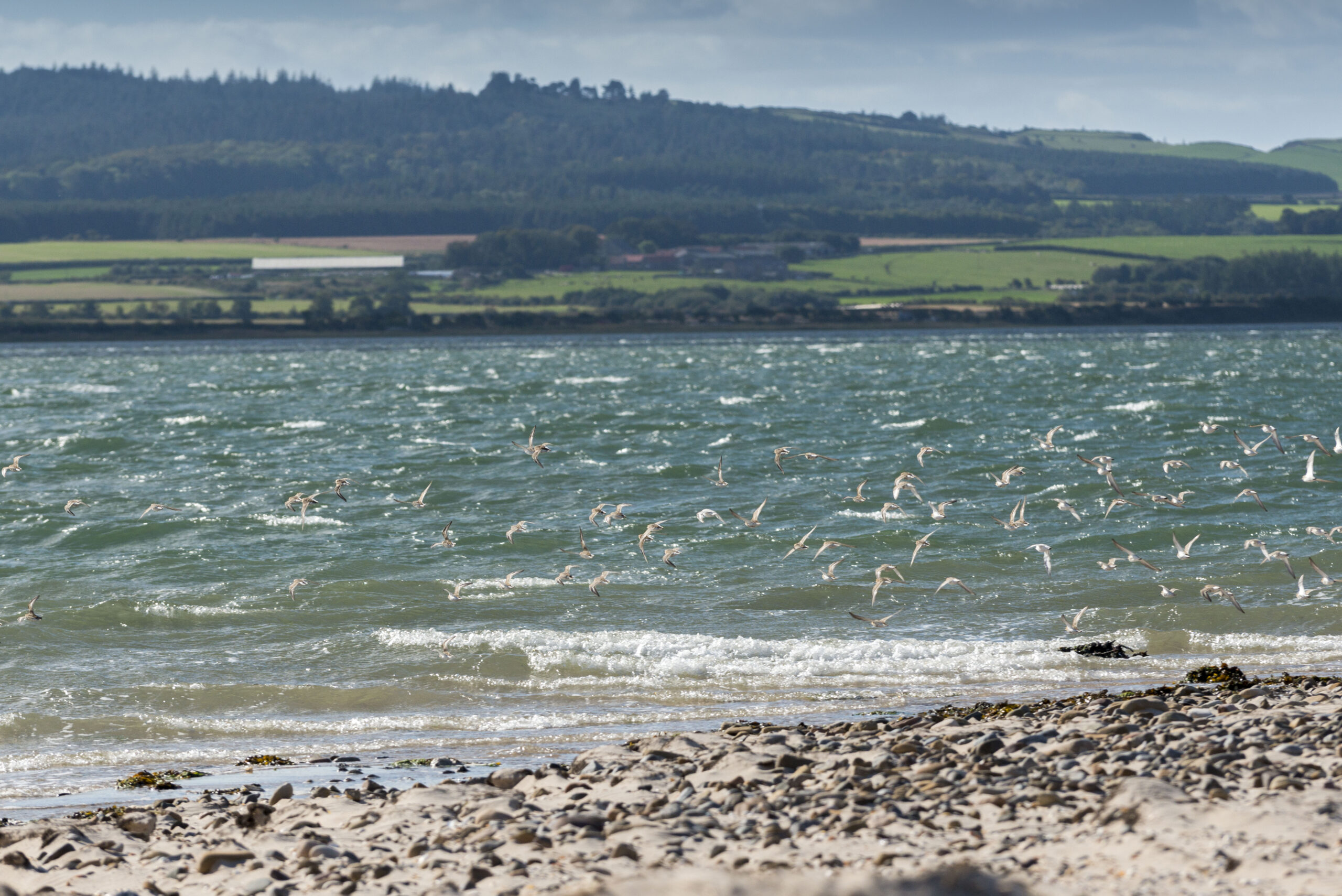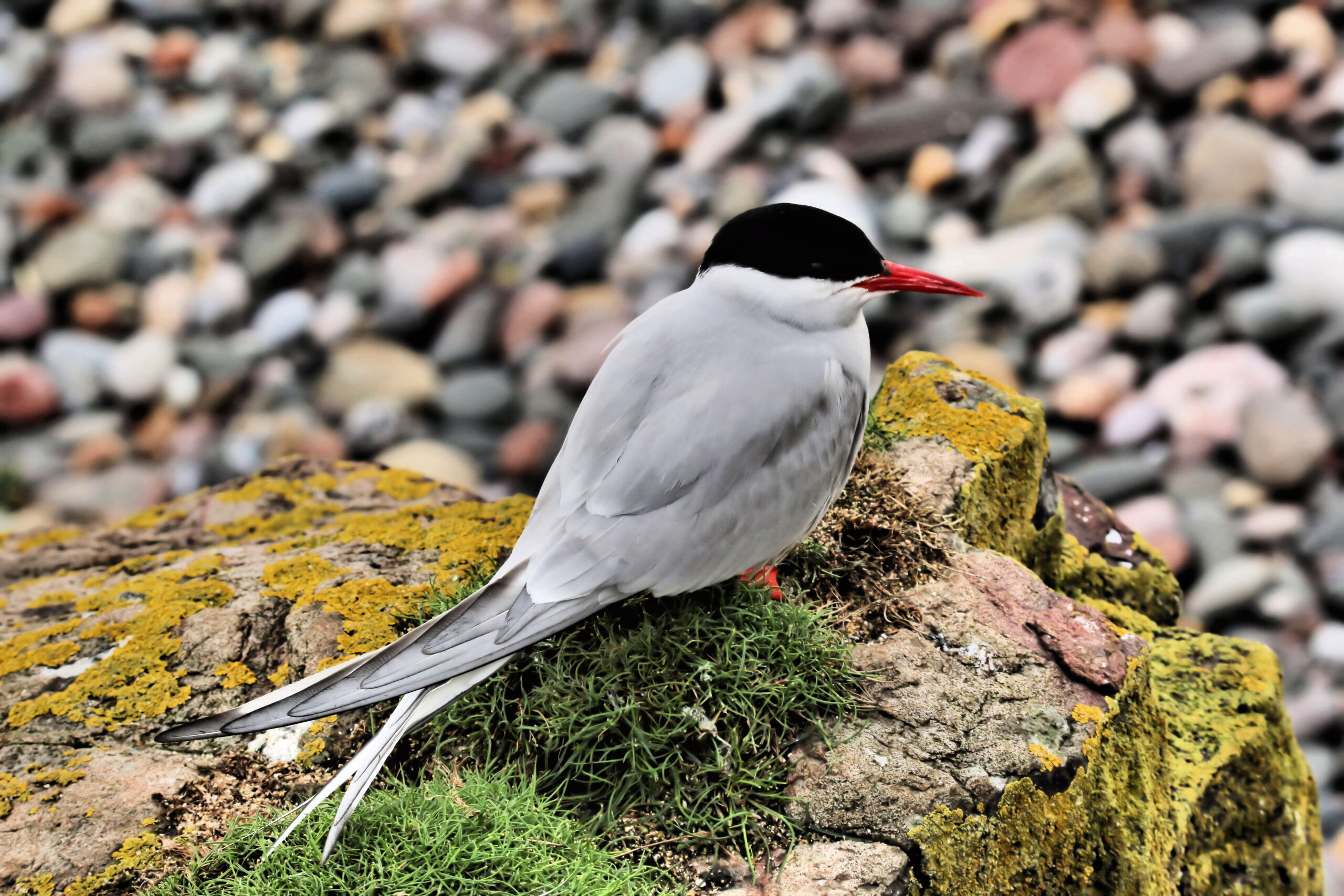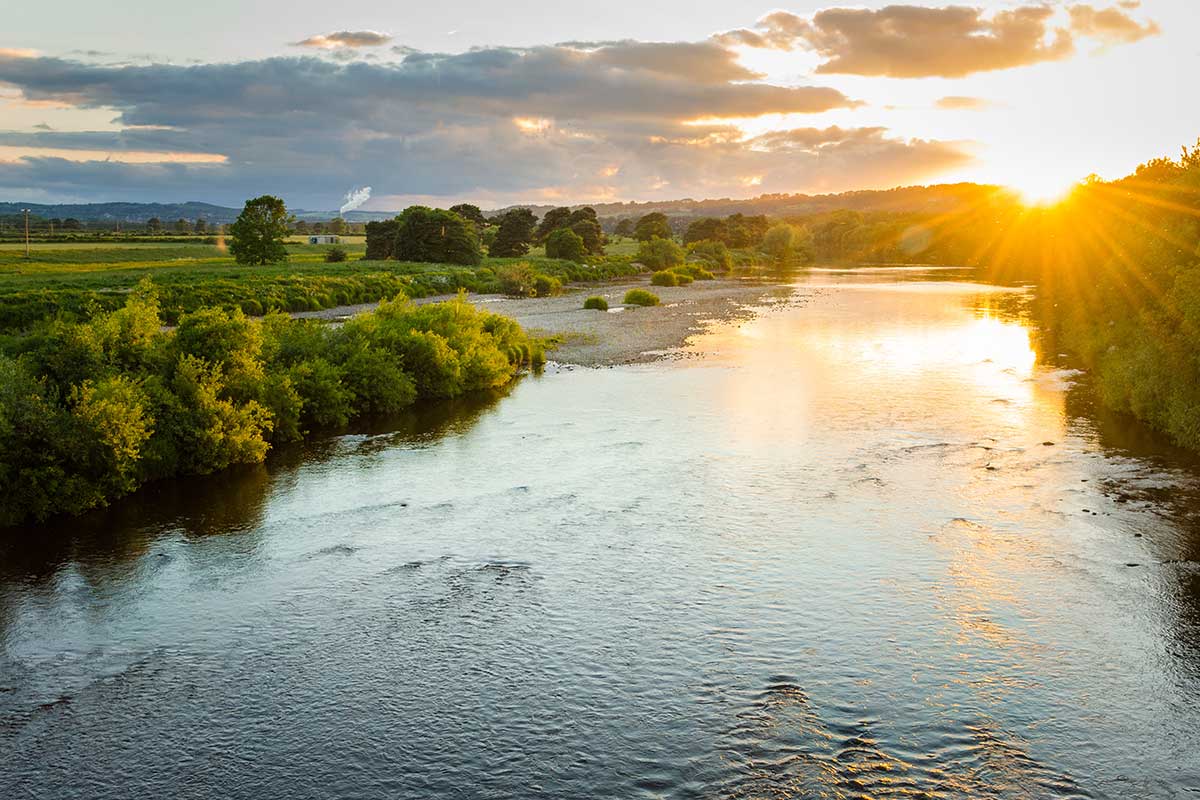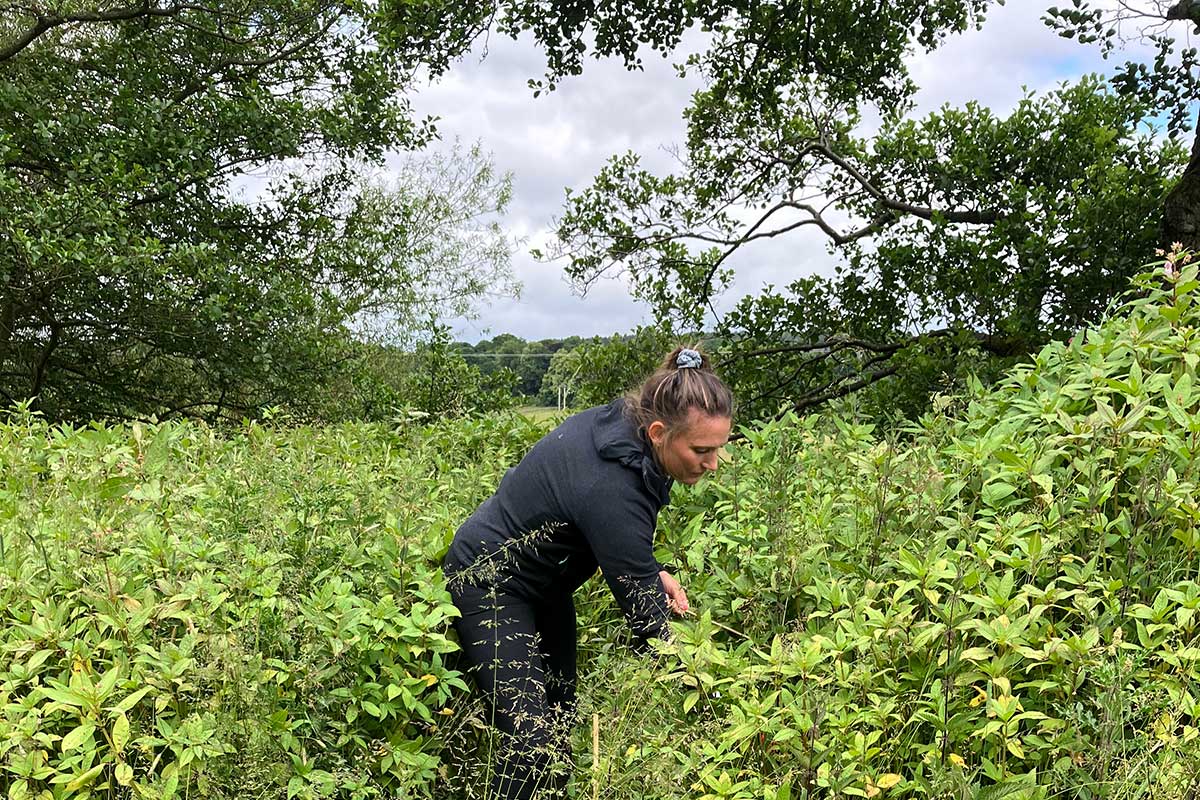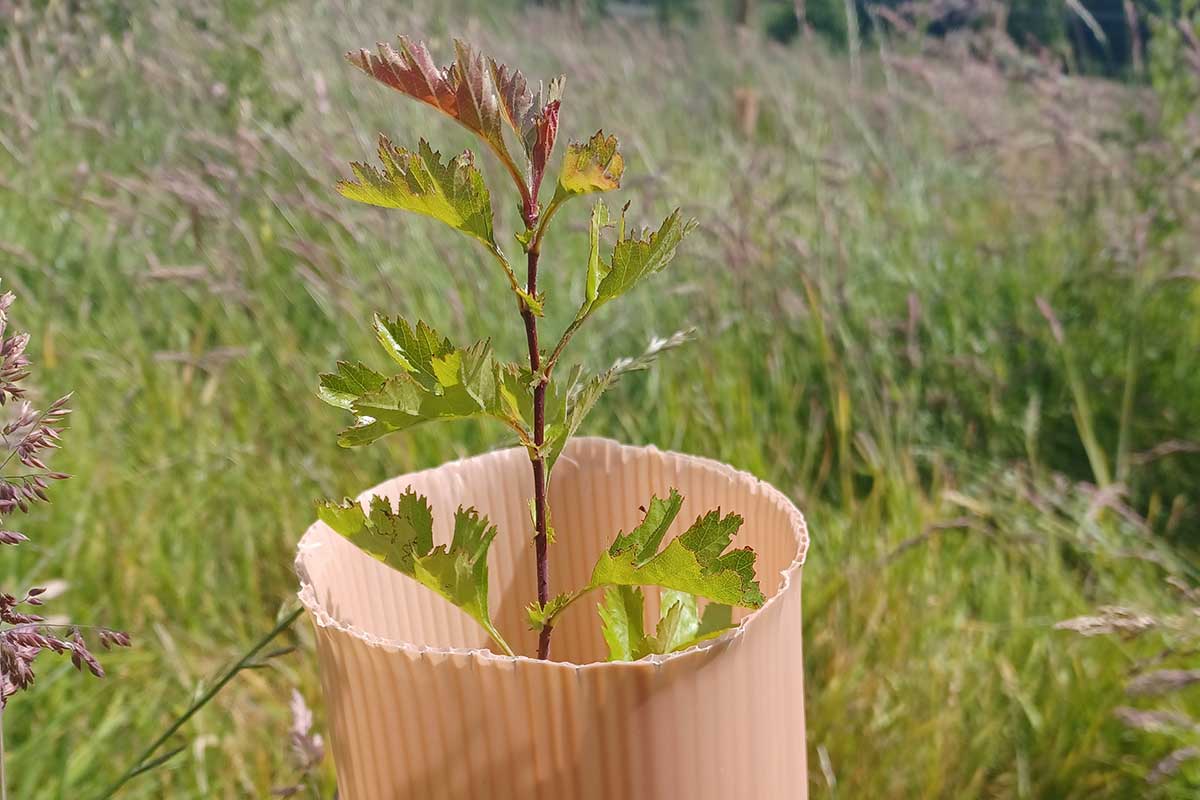The Northumberland Coast comprises over 40 miles of species-rich dunes, saltmarsh, rocky shore, freshwater, sandy beaches and some of the UK’s most extensive mudflats, making it an ideal home for some of the world’s most important shorebirds, seabirds and wildfowl (ducks and geese). Every year tens of thousands travel incredible distances to find refuge on the food-rich shores and coastal waters, alongside resting seals.
Lindisfarne National Nature Reserve (LNNR), at the heart of the WADER project area, was designated in 1964 and is managed by Natural England to protect some of the most important habitats and species on the coast.

However, in recent years habitat loss, increased coastal recreation and climate change have taken a significant toll. The long tourist season and three million coastal visitors a year mean there is little respite from visitor pressure. Unleashed dogs, jet-ski users, seal watchers and bait-diggers are causing major disturbance to mammals and birds, damage to sensitive habitats and increasing the pathways for invasive species.
Lindisfarne National Nature Reserve is receiving additional support from the LIFE WADER project to help them in their mission to reduce this disturbance.
Collaborating on novel awareness-raising initiatives to highlight the importance and vulnerability of the wildlife and encourage more responsible behaviour by visitors – including the production of a new free booklet Wild & Wonderful – A guide to the birds of the Northumberland Coast, a new mobile visitor centre, monolith information points and improved signage.
Collaborating on novel awareness-raising initiatives to highlight the importance and vulnerability of the wildlife and encourage more responsible behaviour by visitors – including the production of a new free booklet Wild & Wonderful – A guide to the birds of the Northumberland Coast, a new mobile visitor centre, monolith information points and improved signage.
This year, the shorebirds of Northumberland faced one of their most challenging breeding seasons yet – since the Autumn, the coastline has been battered by unseasonably high levels of rainfall and some of the strongest and most persistent winds and highest tides ever witnessed by the Reserve team. Many of the shorebirds, already exhausted from their epic migration, struggled to establish their usual nests. This has the potential to hugely impact breeding success and survival rates.
The staff and volunteers intensified their efforts to support breeding,
especially in areas known to have the largest populations of breeding Ringed Plover and Little Terns. In particular, they built up sandbanks using brash vegetation (driftwood and windblown shrubs and branches) to create areas of refuge and raise nesting areas above the tideline.
Over the Spring and Summer, staff and volunteers hit the road in the WADER mobile visitor centre to run activities and workshops, distribute the new ‘Wild & Wonderful’ guide and be on hand to help visitors spot the amazing wildlife and understand how they can help care for it.
